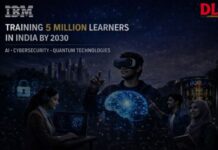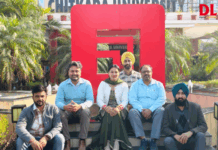In a economic survey it was noted that if big-ticket reforms were promised then there would be a paradigm shift in the education sector. The survey also talks of streamlining admission procedures to IITs and IIMs, without compromising on quality. Most of the new reforms outlined are already part of the HRD ministry's 100-day agenda. Instead of complete government control, the survey talks of rating educational institutions and all education service providers, both private and public. It explained that the government's higher education funds should be focused on promoting scientific and technical education and encouraging research and development in all subjects.
Also, for the first time there has been mention of a clear profile of the players who can enter the education sector. Their range varies from non-profit registered societies to publicly listed education companies in all fields of education, subject to the regulatory framework which ensures quality and reasonable pricing. The survey mentions that there is a need to increase the number of institutions through private players while ensuring they are professionally regulated so that their curriculum and degrees are internationally accepted. At the same time, the survey stresses the welfare side of the state by making it clear that education societies acquiring land at concessional rates or with other assistance from the government should pass on the benefits to the students. The survey also talks of streamlining the admission procedure to institutes of higher learning like IITs/IIMs, without compromising the quality. For the first time, Right to Education has also found a prominent place in the survey with government stressing the need for legislation to give effect to the 86th Constitutional Amendment.



















